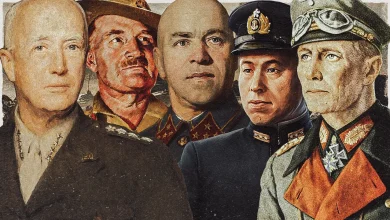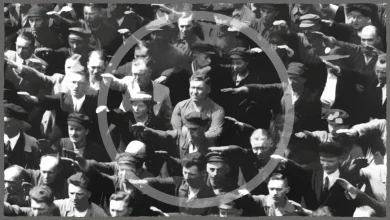Top 5 American Tanks of World War 2
Before World War II, the United States Army thought the mission of the tank was to support infantry. The job of fighting other tanks was assigned to the tank-destroyer class of vehicles. These vehicles were fast and had powerful guns but sacrificed a lot of armor to achieve such a speed. Based on this theory, the Army went with producing only Infantry support tanks. However, In reality, the infantry support tanks would end up facing off against other tanks as those tanks supported opposing infantry. In essence, a key capability in supporting infantry is the ability to kill enemy tanks. These two contrasting tank philosophies and the Great Depression of early 1930s that depleted the R&D money, idled The American tank force until the war jumpstarted it.

Here is the top 5 American tanks of World War 2…
M3/M5 Stuart Light Tank
Observing events in Europe and Asia during World War II, American tank designers realized that the Light Tank M2 of interwar period was becoming obsolete, and began to improving it. The upgraded design, with thicker armor, modified suspension, and new gun recoil system was called Light Tank M3 or M3 Stuart. Production of the vehicle started in March 1941 and continued until October 1943.
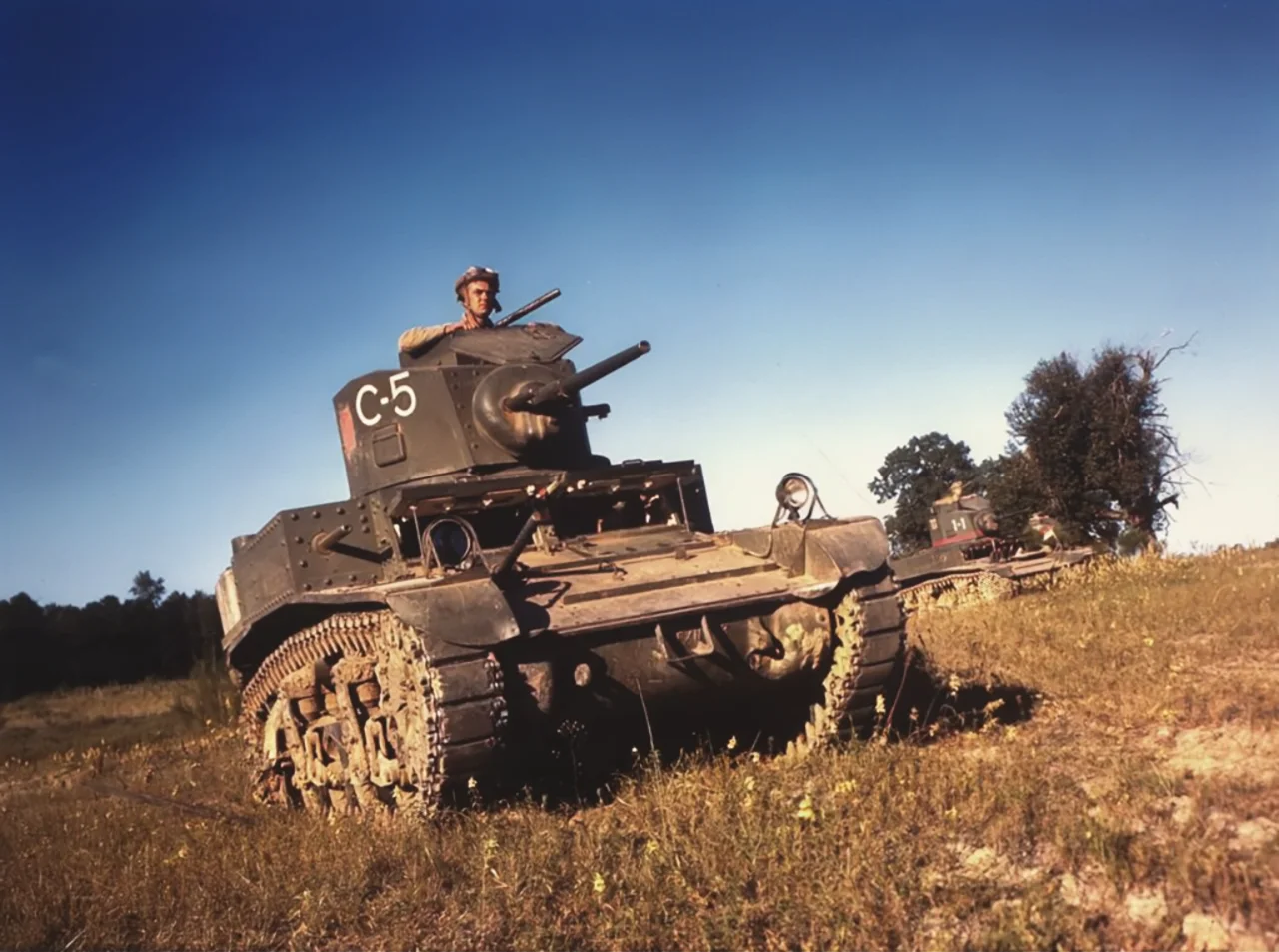
Stuarts were first used in combat in the North African campaign by the British forces in Operation Crusader. Stuarts were the first American-crewed tanks in World War II to engage the enemy in tank versus tank combat when used in the Philippines in December 1941, against the Japanese. Later models were given better armor. It was also difficult to traverse the turret and to fight from. While it was popular, its armour and firepower were soon outmatched. When a shortage of engines threatened production, it was adapted to create the M5, a Stuart powered by a pair of Cadillac V-8 engines.
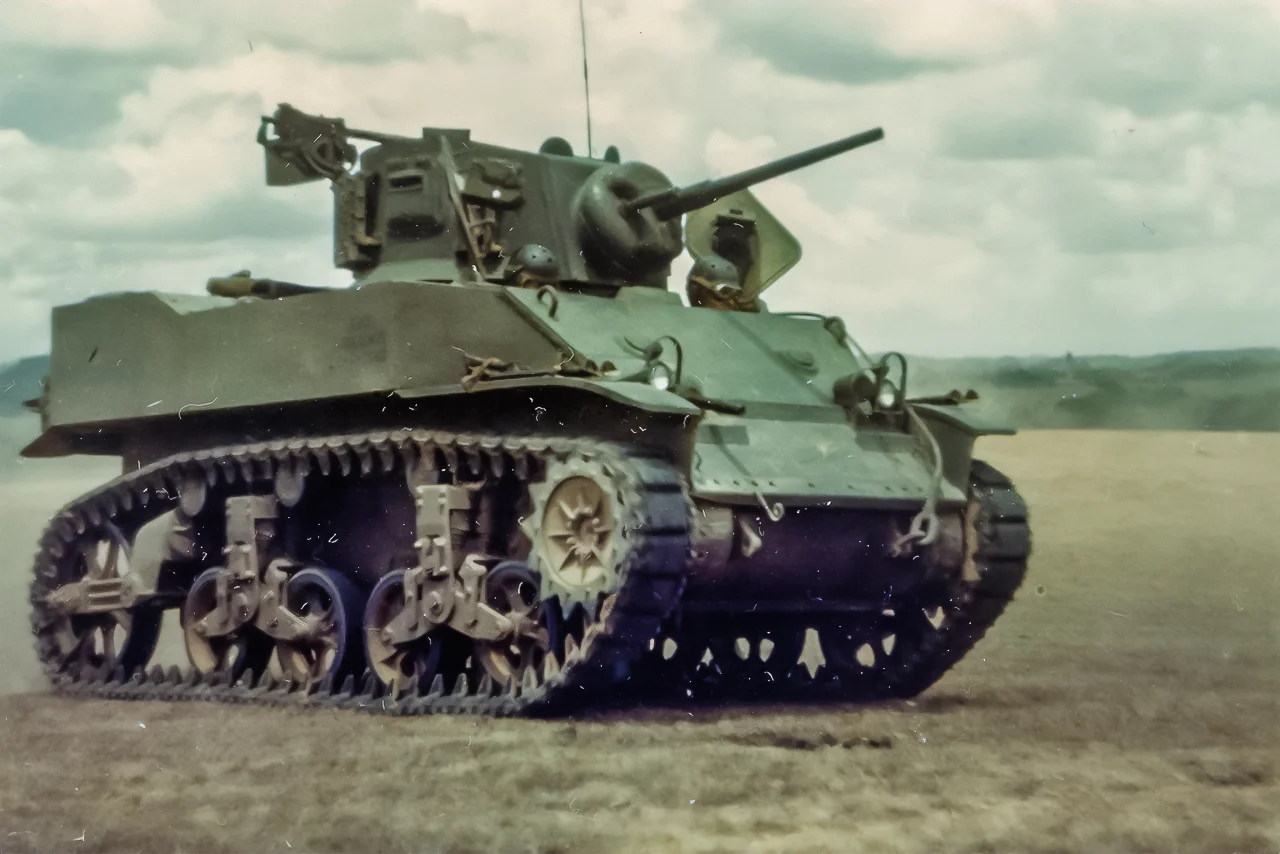
Outside of the Pacific War, in later years of WWII, the M3 was used for reconnaissance and screening.
M24 Chaffee
The M24 Chaffee was intended to replace the aging and obsolete Light Tank M5 Stuart, which was used in supplementary roles. Crews liked the improved off-road performance and reliability but were most appreciative of the 75 mm main gun which was a vast improvement over the 37 mm of the M3 and M5. The M24’s light armor made it vulnerable to enemy tanks, anti-tank guns, and hand-held anti-tank weapons.
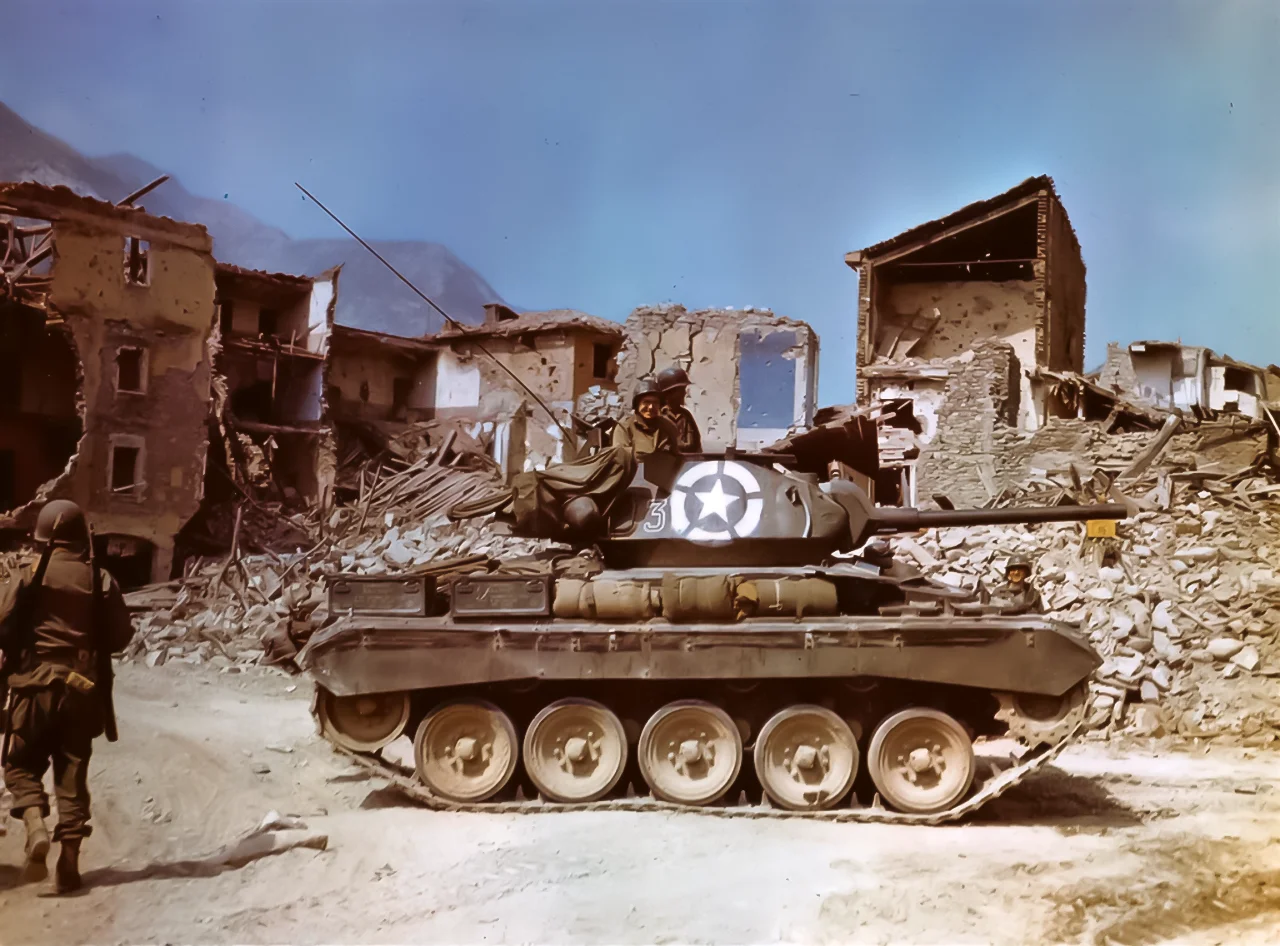
The Chaffee reached Europe in 1944 in time to take part in the advance into Germany. It didn’t make a big impact in World War II but later played a significant role in the Korean War where it proved to be an effective fighting machine.
M3 Medium (Lee) Tank
The U.S. Army needed a medium tank armed with a 75mm gun and coupled with the United Kingdom’s immediate demand for medium tanks, the M3 began production by late 1940.
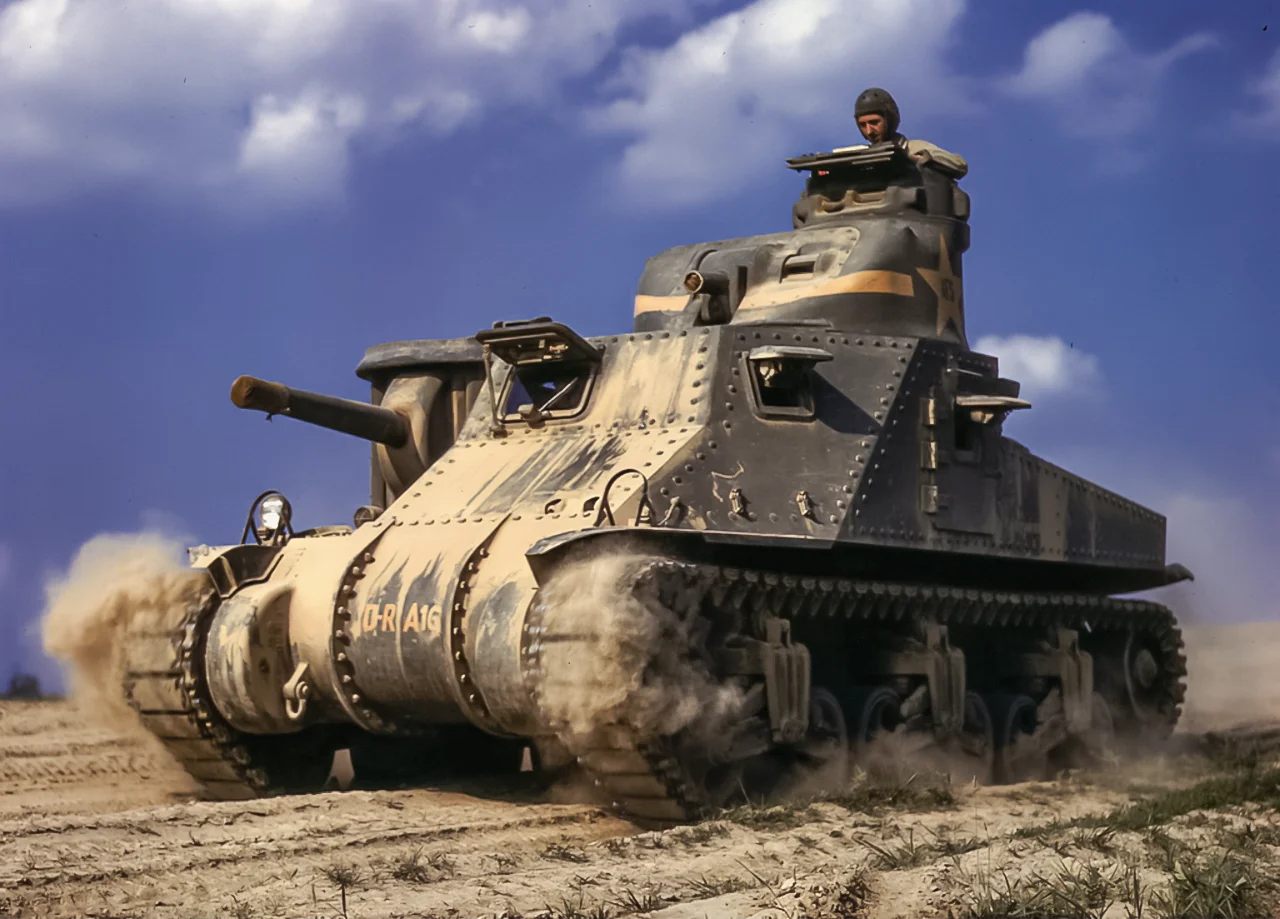
The turret was produced in two forms, one for US needs – called “Lee” and one modified to British requirements to place the radio next to the commander, known as “Grant”. The British ordered large numbers of M3 Grant, these arrived in Egypt in 1942 and became important to fighting in the Middle East. The design was a compromise meant to produce a tank as soon as possible.
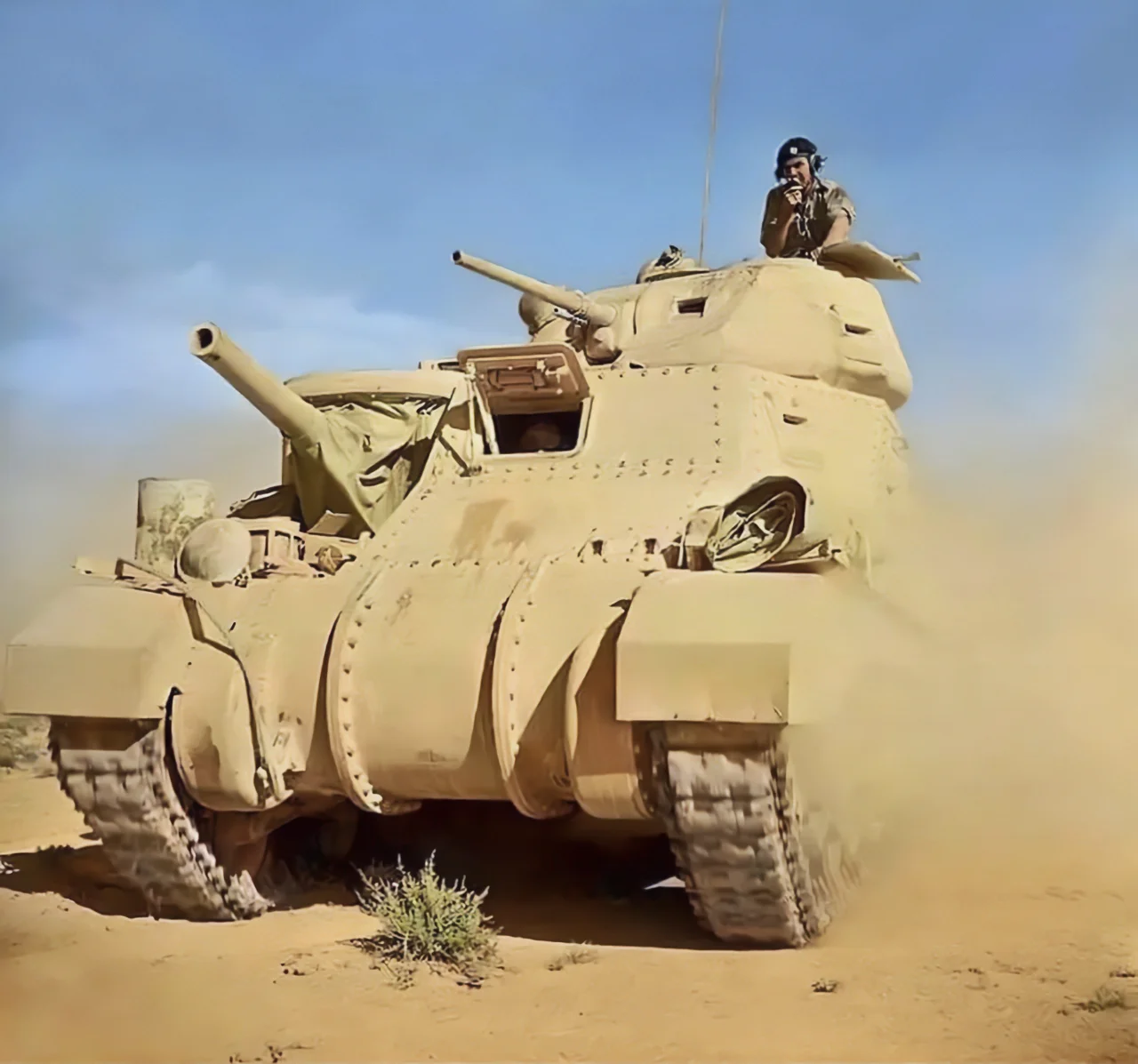
The M3 had considerable firepower and good armor but had serious drawbacks in its general design and shape including a high silhouette, an archaic sponson mounting of the main gun, riveted construction, and poor off-road performance.
The American version joined its British cousin in North Africa in late 1942, during Operation Torch. Aside from this venture in the war, it was mostly used for training. Its overall performance was not satisfactory and the tank was withdrawn from combat in most theaters as soon as the M4 Sherman tank became available in larger numbers.
M4 Sherman
Even while the M3 medium tank headed into battle with its side-mounted sponson, engineers were frantically working to create a medium tank that could carry a 75mm gun in its turret. The result was the M4 Sherman.
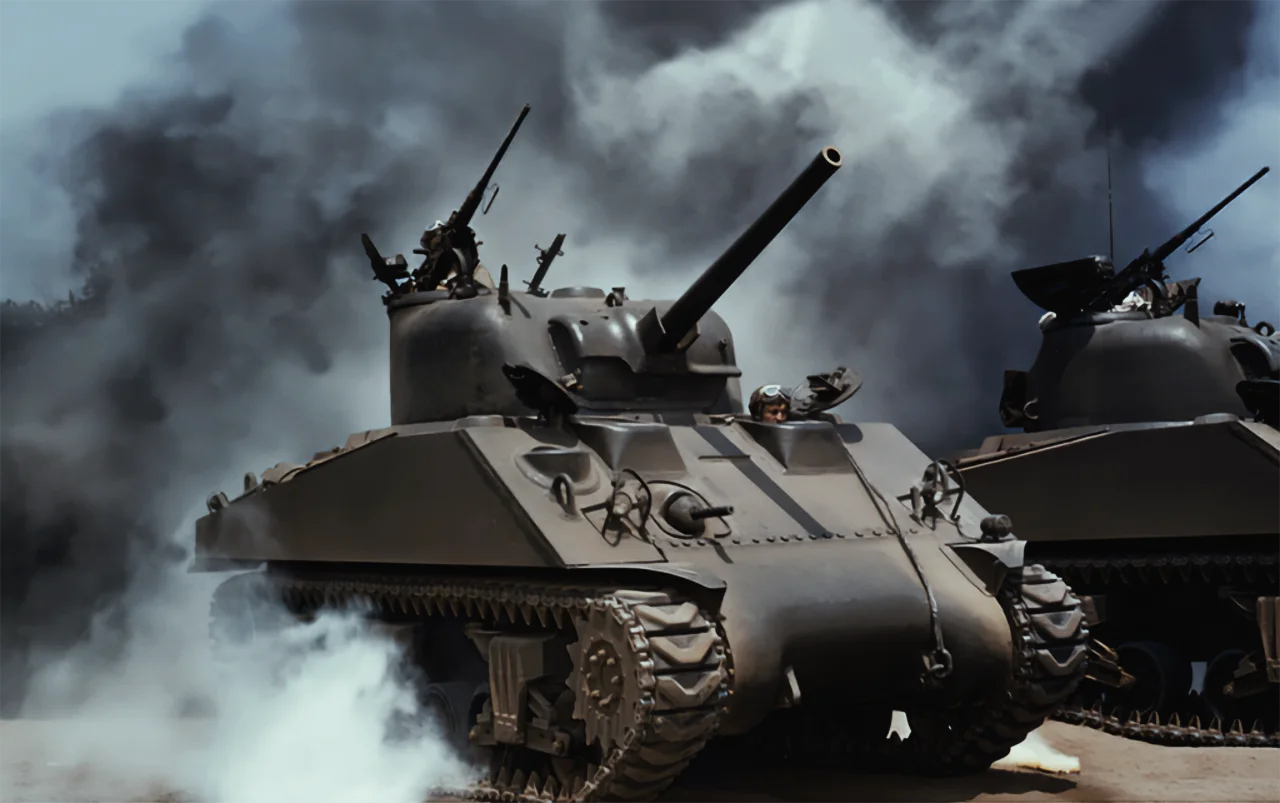
U.S. intelligence had assessed the Sherman as equal to the Panzer IV, the mainstay of the German tank force. They concluded that Sherman was good enough. Unfortunately, the U.S. had failed to accurately forecast production of newer, more powerful German designs such as the Panther and Tiger.
Even at the time of introduction, the Sherman was really nothing to get excited about. Protection was unremarkable and required constant improvement—such as an extra inch of steel plate welded to the hull to protect main gun ammunition. The Sherman’s 75 mm gun was also nothing special. It was powerless against the latest German tanks—particularly the Tiger and Panther. The gun was more suitable for taking out less well-armed targets such as half-tracks, artillery & infantry. The Sherman wasn’t the best tank but thanks to efficient American production methods, it would be the most prolific.
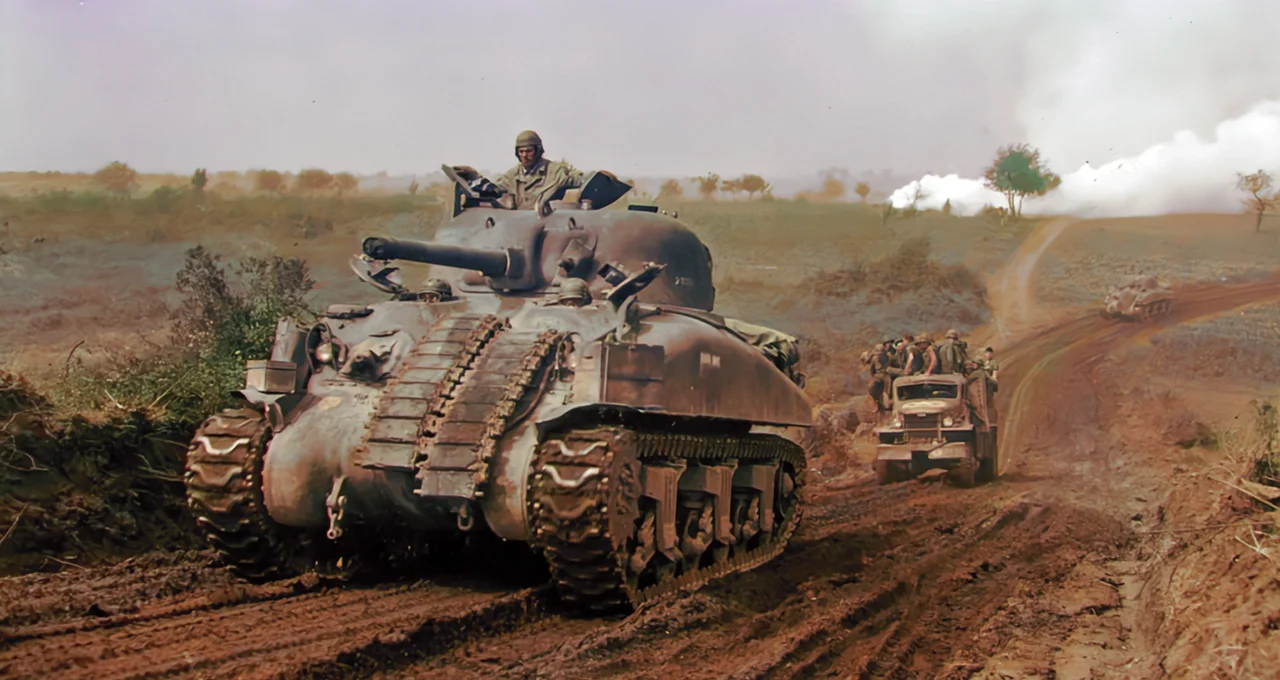
The United States built a staggering 50,000 Sherman tanks between 1942 and 1945. The majority went to the U.S. Army and Marine Corps, which underwent a massive wartime expansion. Washington provided 22,000 tanks to Allied forces. The United Kingdom, Free French Forces, Poland, New Zealand, China, and the Soviet Union, all deployed M4 Sherman’s. In order to maintain a high level of production, managers kept design changes to an absolute minimum.
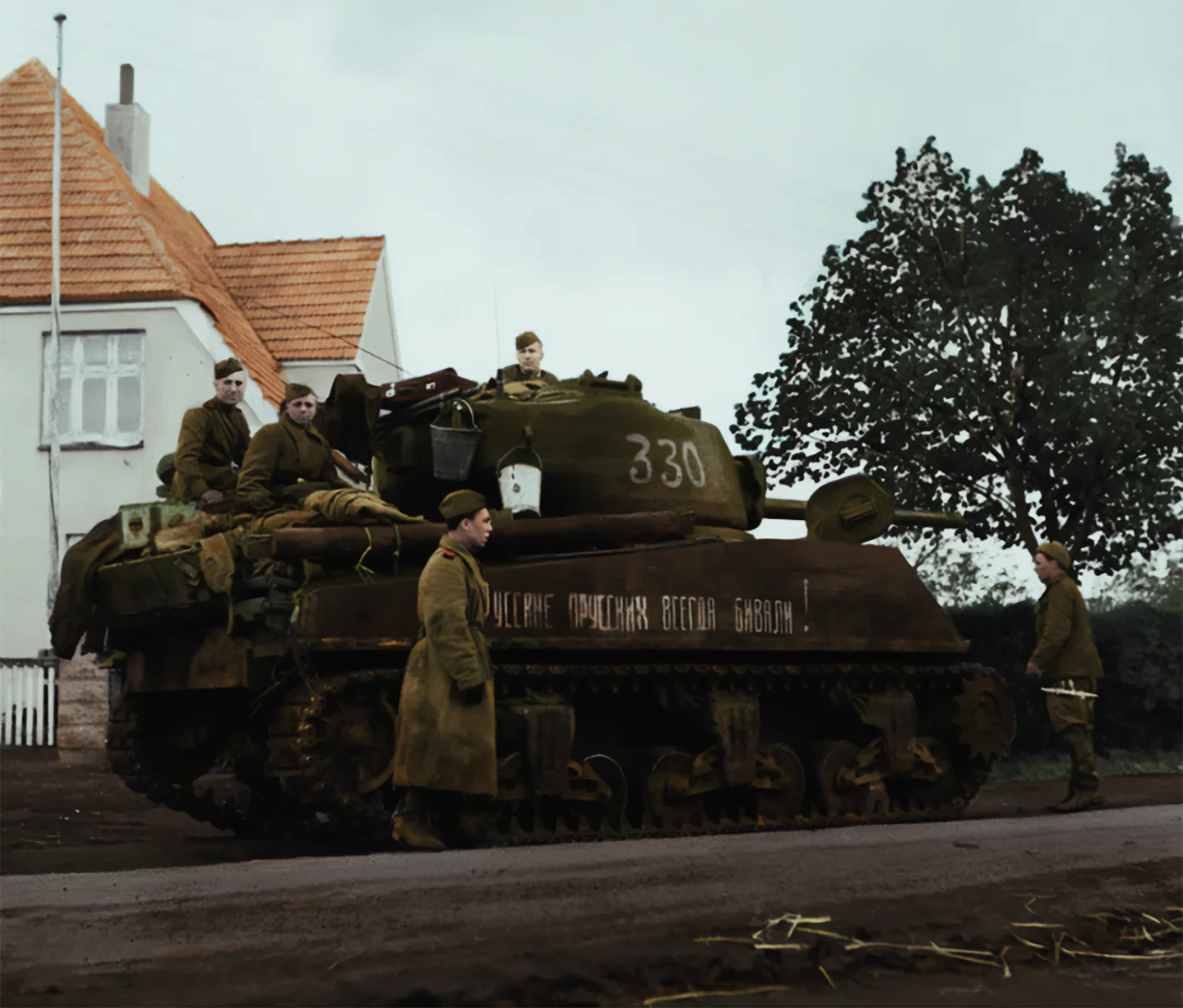
The Army was well aware that German and Soviet tanks were getting bigger and more powerful but the United States would have problems keeping up. German and Russian tanks on the Eastern Front could move by train but American tanks had to be loaded onto and off of cargo ships—a much more expensive mode of transportation that imposed lots of its own constraints on vehicle design and production. Heavier tanks would have caused problems up and down the line for the Americans.
M26 Pershing
America’s first serious attempt at a heavy tank started with the M6 in 1942. By the time the M6 was ready for production, the Army’s Armored Force had decided that mobility was more important than armor and firepower. They used the tank’s supposed unreliability as an excuse to reject it.
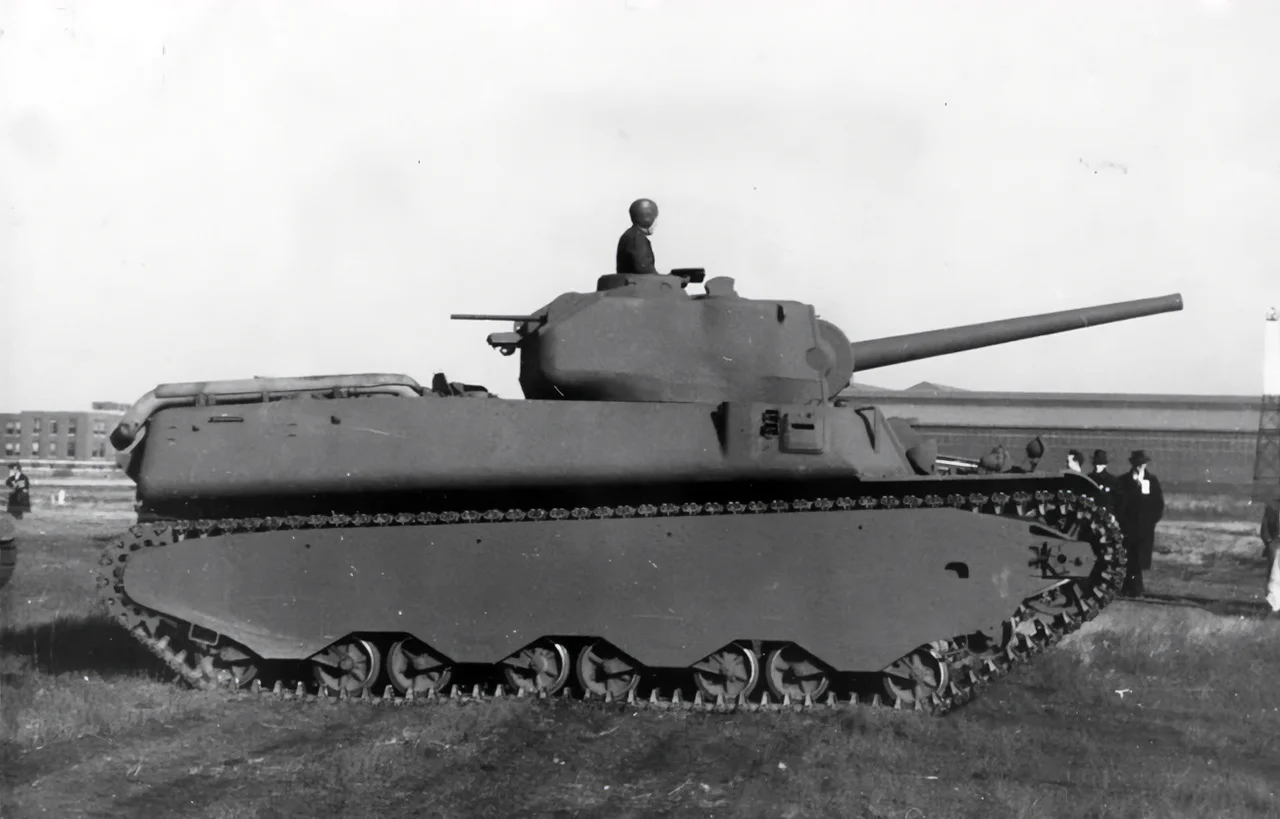
When the M6 project failed, American armor designers didn’t give up their mission to develop a heavy tank. the superiority of German heavy tanks necessitated such tanks to fight in Europe. After several missteps, they created the M26 Pershing, a heavy tank with thick armor and a 90mm gun that could match Germany’s famous 88mm guns. Based on firepower and mobility, the M26 Pershing was seen as superior to the Tiger 1 and a formidable fighting machine.
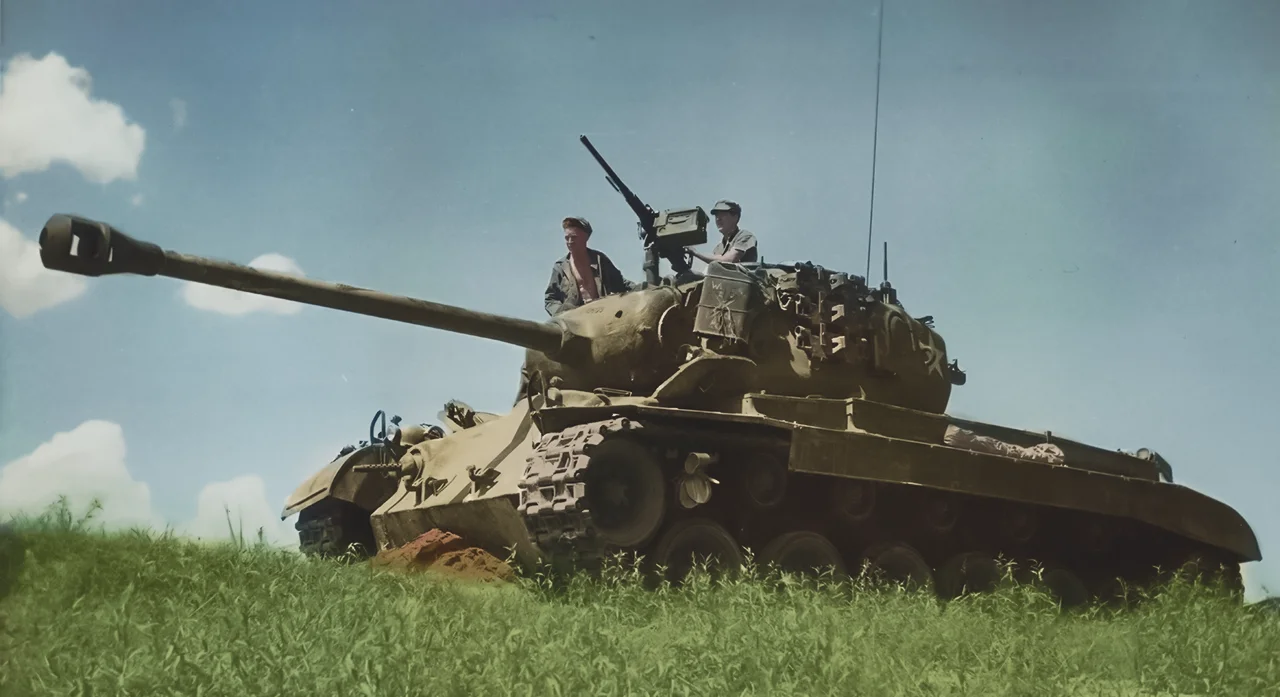
Army Ground Forces proved strangely resistant to the new weapon and it became a source of political conflict within the military. At last, Army Staff overruled ground commanders and the M26 was shipped to Europe where a few hundred took part in the final months of the war. The few tanks that did get to the frontlines performed well. In the fighting around Cologne, the M-26 bested German Panthers – even if the new American vehicle was underpowered and less reliable than the Sherman.
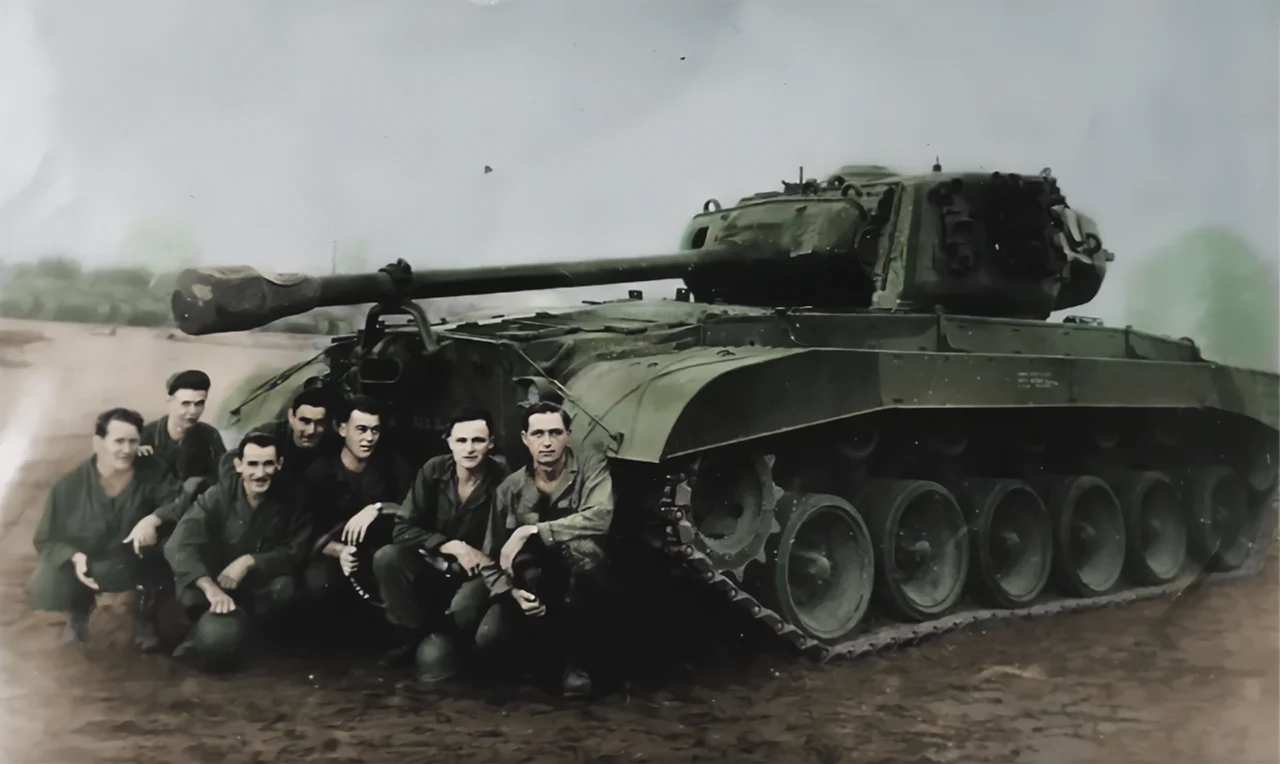
It was also up-rated with a larger, longer main cannon that had a high muzzle velocity. With this cannon, the so-called Super Pershing, could penetrate the armour on the enemy’s Panther tanks at 2,400 metres. Though the bulk of American tank force was inferior in firepower and armor to opposing German heavy tanks, they were able to fight on with the help of considerable numerical superiority, greater mechanical reliability, better logistical support, and support from growing numbers of fighter-bombers and artillery pieces.
